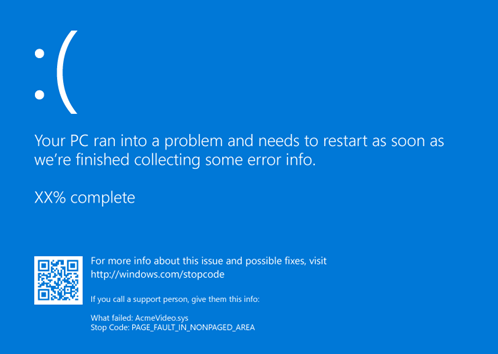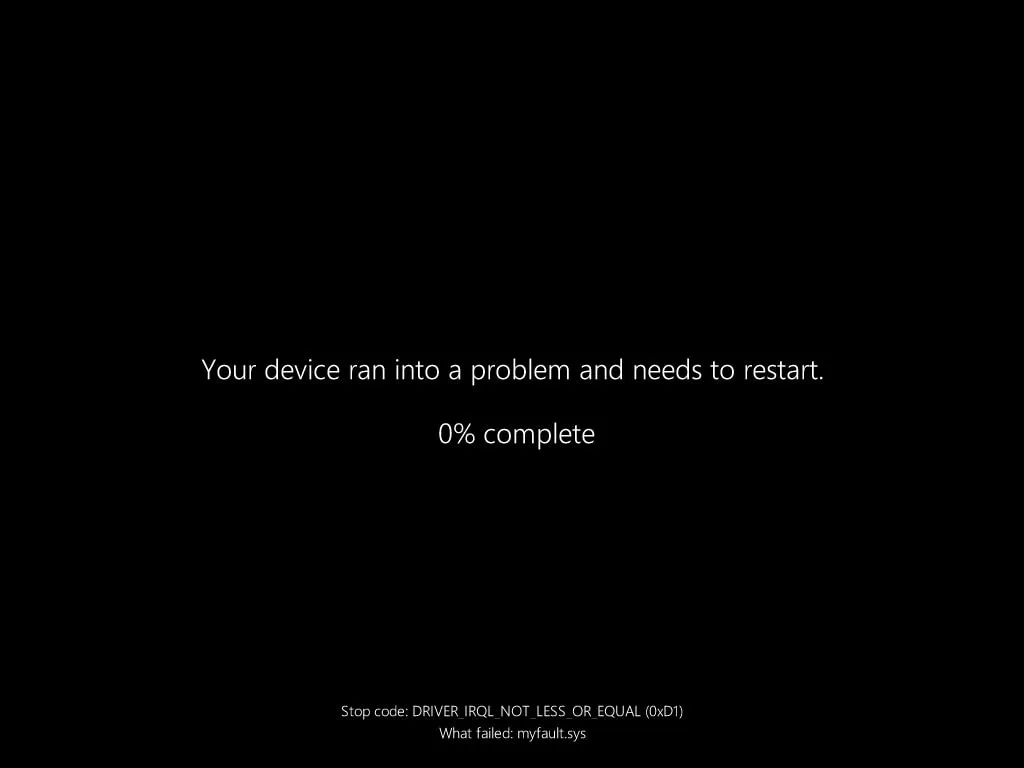- Joined
- Sep 30, 2023
- Messages
- 133
- Reaction score
- 91
- Points
- 28
- Moderator
- #1

The Blue Screen of Death has been a constant, if dreaded, presence in Windows for almost four decades, but its time is finally coming to an end. Earlier this year, Microsoft announced plans to overhaul its BSOD error message in Windows 11, and now it's official: the familiar blue screen will soon be known as the Black Screen of Death.
This new design marks a significant shift, as it ditches the traditional blue color, the frowning face icon, and even the QR code. Instead, we'll see a simplified black screen that looks much like the screens you encounter during a Windows update. The key difference, however, is that this new black screen will clearly list the stop code and the faulty system driver – crucial information that wasn't always readily available during a typical crash dump. This change is particularly beneficial for IT administrators, as it aims to eliminate the need for complex crash dump analysis tools like WinDbg just to pinpoint the issue.
 Why the Change to Black?
Why the Change to Black?

David Weston, vice president of enterprise and OS security at Microsoft, explained in an interview with The Verge that this overhaul is "really an attempt on clarity and providing better information." The goal is to allow both Microsoft and users to quickly get to the core of an issue for faster resolution. He emphasized the desire for "cleaner information on what exactly went wrong, where it’s Windows versus a component."
Microsoft plans to roll out this new BSOD design in an update to Windows 11 "later this summer." This update will also introduce the new Quick Machine Recovery feature, designed to swiftly restore machines that fail to boot. These changes are part of a broader initiative by Microsoft to enhance the resilience of Windows, a strategic move following incidents like last year’s CrowdStrike event, which unfortunately led to millions of Windows machines booting to a BSOD.






